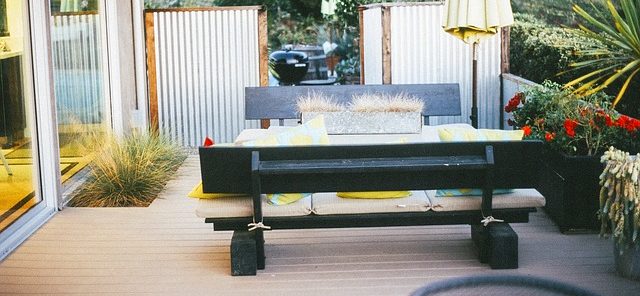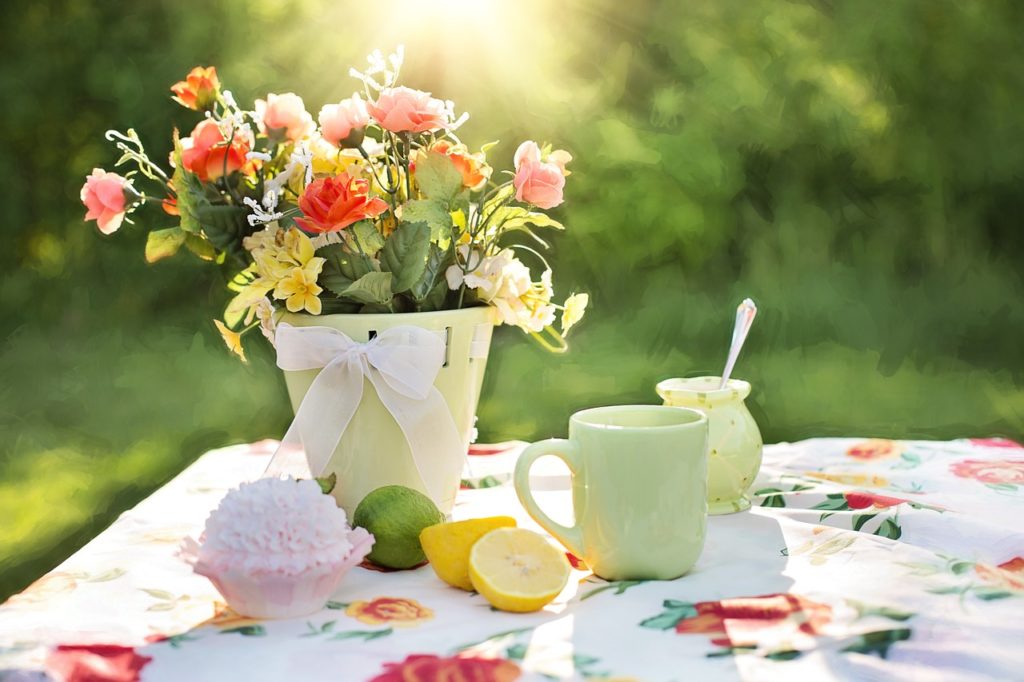It’s difficult enough making any huge move, but include real living things like animals and plants and the tension of moving gets back – and is harder to manage. You might currently be considering ways to keep family pets delighted throughout the journey to a brand-new house, but have you thought about the wellness of your botanical buddies, too?
We are not dealing with a simple pack and move of your patio benches. Plants are living beings that deserve to be well taken care of, especially during a situation as hectic as moving.
Here are some excellent methods for ensuring your plants endure the long journey to a brand-new house and remain delighted and healthy along the way.

Get your Plants Ready
A couple of weeks ahead of the move, rid your plants of dead leaves and branches and provide a great prune. One week prior to your move, get rid of all the dust, bugs and weeds.
Re-pot in plastic
To make moving plants simpler on your back, take them from their heavy pots and planters and provide brand-new houses in light-weight plastic pots a couple of weeks prior to your move. According to gardening professional Pol Bishop, greenery needs some time to adapt to shock while plastic makes actual relocation way easier.
Enjoy the temperature level
If possible, move your plants in a temperature-controlled environment, like your car or truck. If you stop at a motel for the night, bring your plants inside with you (that goes if is either a remarkably warm or cold season).
Provide the correct amount of water
Cold and damp or hot and dry are bad mixes for plants. Even in an air-conditioned automobile, it’s difficult to keep plants comfy. If you’re relocating in the summer season, water plants well on moving day and along your journey. If you’re making a journey in the winter season, keep the soil dry by watering them for the last time a couple of days prior to the move.
Know the law
If you’re moving to other countries, contact customs to make sure that you can take your plants with you; some nations will not permit particular types over their borders. Crossing states also need some preparation; the United States Department of Agriculture needs assessments of plant products crossing some state lines because of bug controls and regional restrictions on growing specific plants. California has a track record of being especially rigorous on its botanical visitors, but there are other states that also check plants on arrival.
Do not depend on a moving business
Because of the policies above plus the possible liability, numerous moving business chooses not to transfer plants with the rest of your family. And beware: If you relocate your plants and have the movers transfer them unwittingly, you may void your agreement with them and give up any protection if your other equipment is harmed in the move.
Ship them
It’s definitely a danger to their wellness, but you can deliver plants ahead of you through the mail. Take them away from their pots, trim the roots and cover the root ball with a damp towel and after that, cover with plastic. Protect the entire plant in a strong brand-new box with an adequate quantity of paper and bubble wrap (seriously– fill every area in the package and lock that thing down). If required, include some weight to the bottom of the package to keep it upright, then send it on its way with a lot of “Fragile,” “Live Plant” and “This End Up” sticker labels.
And if you cannot move your home plants…
Keep a cutting
If your plants are rooted in the backyard or too huge to take with you, keep a cutting and attempt to re-grow your preferred ones at your brand-new house.
Giveaway
Your plants may be mobile, but if you presume they will not make it through the move, make plans to provide your healthy and delighted plants to your friends and next-door neighbors prior to you moving.


